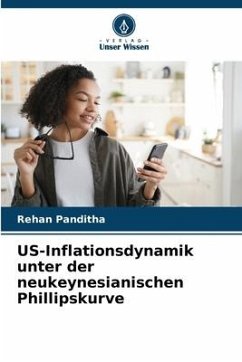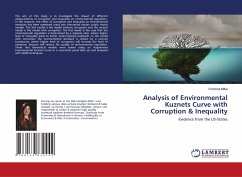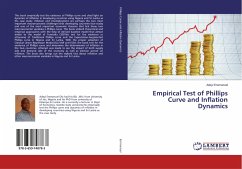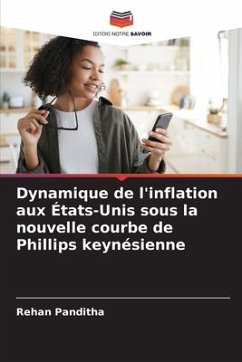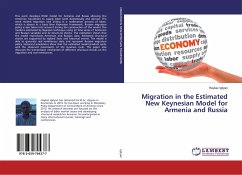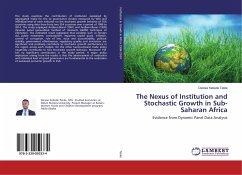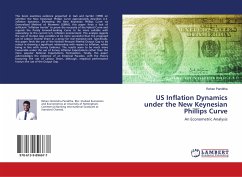
US Inflation Dynamics under the New Keynesian Phillips Curve
An Econometric Analysis
Versandkostenfrei!
Versandfertig in 6-10 Tagen
27,99 €
inkl. MwSt.

PAYBACK Punkte
14 °P sammeln!
This book examines evidence presented in Gali and Gertler (1999) on whether the New Keynesian Phillips Curve appropriately describes U.S. inflation dynamics. Estimating the New Keynesian Phillips Curve via Generalized Method of Moments (GMM), this paper finds a lack of sufficient "Inflation Inertia" to prove the necessity of the Hybrid Curve and regards the Purely Forward-looking Curve to be more suitable with associating to the current U.S. inflation environment. The analysis regards the use of Output Gap variables to be more successful than the proposed use of Labour Income Share as a proxy ...
This book examines evidence presented in Gali and Gertler (1999) on whether the New Keynesian Phillips Curve appropriately describes U.S. inflation dynamics. Estimating the New Keynesian Phillips Curve via Generalized Method of Moments (GMM), this paper finds a lack of sufficient "Inflation Inertia" to prove the necessity of the Hybrid Curve and regards the Purely Forward-looking Curve to be more suitable with associating to the current U.S. inflation environment. The analysis regards the use of Output Gap variables to be more successful than the proposed use of Labour Income Share as a proxy for real marginal cost. Specifically, this paper finds the use of the Hodrick-Prescott filtered Output Gap to be robust in drawing a significant relationship with respect to inflation, whilst being in line with Survey Evidence. The results seem to be much more favourable under the use of Survey Inflation Expectations rather than the more popular Rational Expectations Formulation. Finally, this paper acknowledges the existence of an Empirical Paradox, with the theory favouring the use of Labour Share, although, empirical performance favours the use of the Output Gap.




